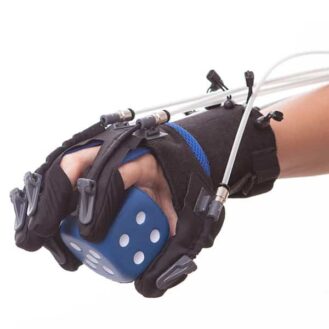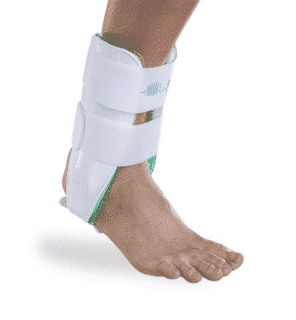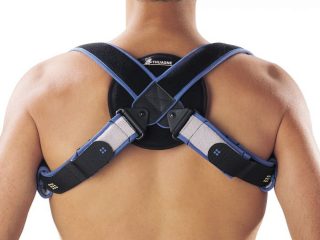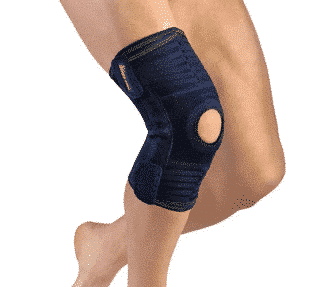An orthopedic immobilization is a medical device used to stabilize a limb or a joint following an injury or surgical procedure. This can be a splint, an orthosis or a sleeve.

An orthopedic immobilization is a medical device used to stabilize a limb or a joint following an injury or surgical procedure. This can be a splint, an orthosis or a sleeve.

Aircast ankle splint
There is no really clearly defined classification to differentiate splints from orthoses and support sleeves. The difference between these three types of orthopedic immobilization depends on the degree of immobilization of the limb or joint in question.

Thuasne clavicle orthosis
When choosing a type of immobilization, there are several important factors to consider, including:
There are several precautions to take when using orthopedic immobilization. Here are the main ones:

Pavis knee orthosis with patellar stabilization
A knee orthosis, more commonly known as a knee brace, has several features. It can be:
We can distinguish three main types of finger splints: stabilization splints, flexion splints and extension splints. For each type, there are several specific splints.

Optec USA thoraco-lumbo-sacral support corset
The following is a series of special features specific to certain splints and orthoses:


